First of all, the dichotomy of western and eastern thought, philosophy and such is an illusion. We often hear that the traditional, or ancient, eastern way of thought is more internal and that our western is more external. This is just story telling that has been popularized over many recent decades in the west. For in the east there isn’t such a thing and from what I’ve seen from my travels and generally, the east is picking up the worst aspects from our modern western culture – while we pick the best from their ancient traditions. In fact, what we have been doing in our western world isn’t that different and we share the same philosophies under different names. The game changer was the dominance of the abrahamic religions in our western world. The concepts and symbols that are today easily attributed to the eastern philosophies all exist/ed here too.
(The photo on top is called ‘Pythagoreans celebrate sunrise’, painted by Fyodor Bronnikov 1827–1902).
Pythagoras created one of the first and most prominent recorded legacy of western vegetarianism. He talked about the idea of animals, like humans, having a soul and that reincarnation can go in either direction. So having a meatless diet is a simple way of making life easier for more sentient beings. Also the universal observation where animal killing is unhealthy and makes people easier with the acceptance of killing each other. Plato also talked about this in his The Republic, but more in a way of meat eating being a bad habit of murder, luxury and desire – when he described the ideal state.
A meatless diet was referred to as a “Pythagorean diet” for years, up until the modern vegetarian movement began in the mid-1800s. – Beans and Greens: The History of Vegetarianism
Here is a very interesting presentation by Ancient Art Podcast.
I remember myself many times as a child reflecting on the life of the dead animal. It wasn’t until I learned to eat the other endless alternatives that I finally gave up meat. There is a difference of hunting down your food and being a modern consumer who walks into the supermarket to buy drugged, medicated, vitamin injected, unhappy and tortured piece of murdered flesh – and then trying to justify that ignorance by referring to quasi history of the paleo man and “man-needs-meat”. It’s a tragedy of how people are unhealthy despite so much good food and products being available. Seems healthy food available and technology to make life easier isn’t the straight happiness fix, for many, but for some it is and I think we live in a fantastic time.
Back to Pythagoras, he was born 570BC (or 580BC? – who can tell really?) on the island of Samos, then went on to study in various places of what is now part of Greece Egypt and Iraq and finally established his own school in Croton Italy. His most famous work is on mathematics, music, science and philosophy. One of these was the idea, concept or belief (whatever you prefer) of reincarnation. Which isn’t new with him, it’s an ancient concept and for the western man eclipsed by the organized Abrahamic religions that swept in over Europe and the Middle East.
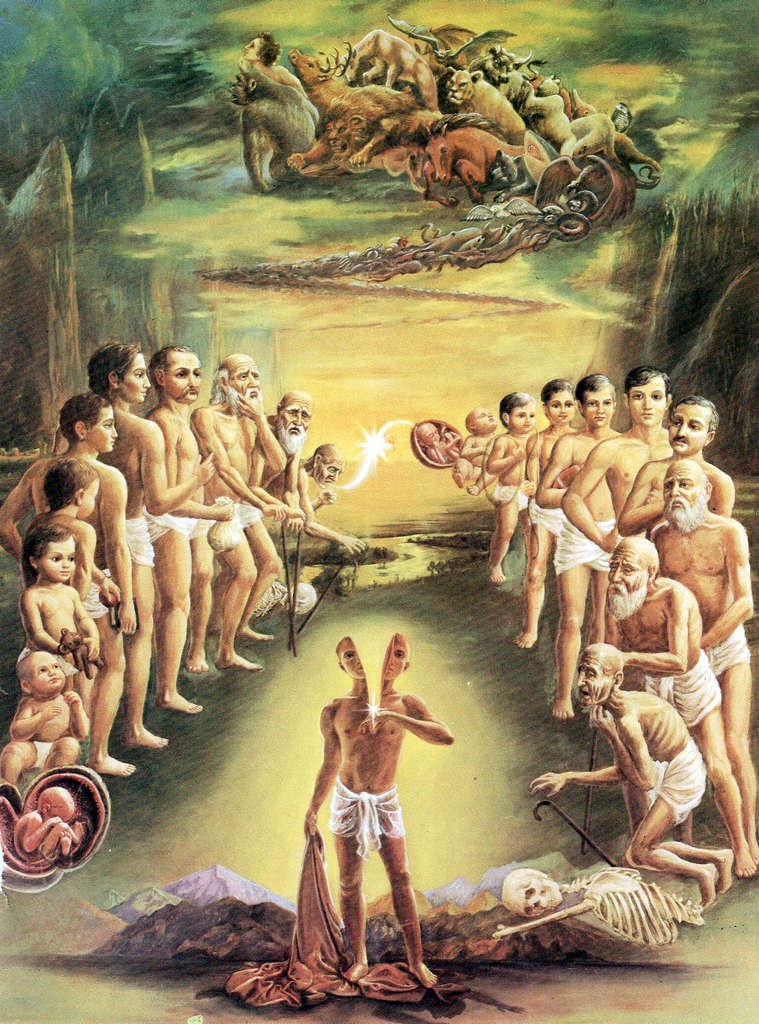
In what is today Afghanistan, Hellenistic culture and Buddhism merged together after Alexander the Great with the Bactrians conquered Afghanistan and parts of northern India. This syncretism culminated in the visual version of the Buddha that is now common. For the real Buddha didn’t want to be anthropomorphically represented, hence the aniconic depictions prior to what happened in Afghanistan. But the Greek artists who were liberated in anthropomorphic art did that anyway – the resulting personification of the Buddha helped the religion spread throughout Asia. Also cementing the look of the Buddha taken for granted ever after. Like in this Sumerian “God statuette” we see the typical robe associated with Buddhists.
Could Sumerian culture have had Buddhist monk robes and perhaps the Buddha himself was Sumerian? The mixning of styles is a fact as far as history goes. We know that Buddhism began to depict the form of the Buddha somewhere 200 years after his death in Afghanistan where they encountered the Greeks from where Alexander the Great had reached. But before that, and even before the Buddha the robe style must have existed, but where did it come from and how far did it reach?
Below is a statue of a God. What God and so on it doesn’t say and we cannot know. But look at it. It really looks like a Buddhist style statue and this one is supposed to be from c. 2000 B.C. Just as Jesus become more white and more European during history so did Buddha become more Asian. So none of the personifications can be trusted. Also the style of the religions, anyone of them, has changed and been altered throughout history. But, anyway. I thought this statue was beautiful and that it has the peaceful expression of the typical Buddha statues – just somewhat different. And could the whole story of the Buddha be from an earlier time and an another place? The photo below is from the Sumerian collection at the Pergamon Museum in Berlin.
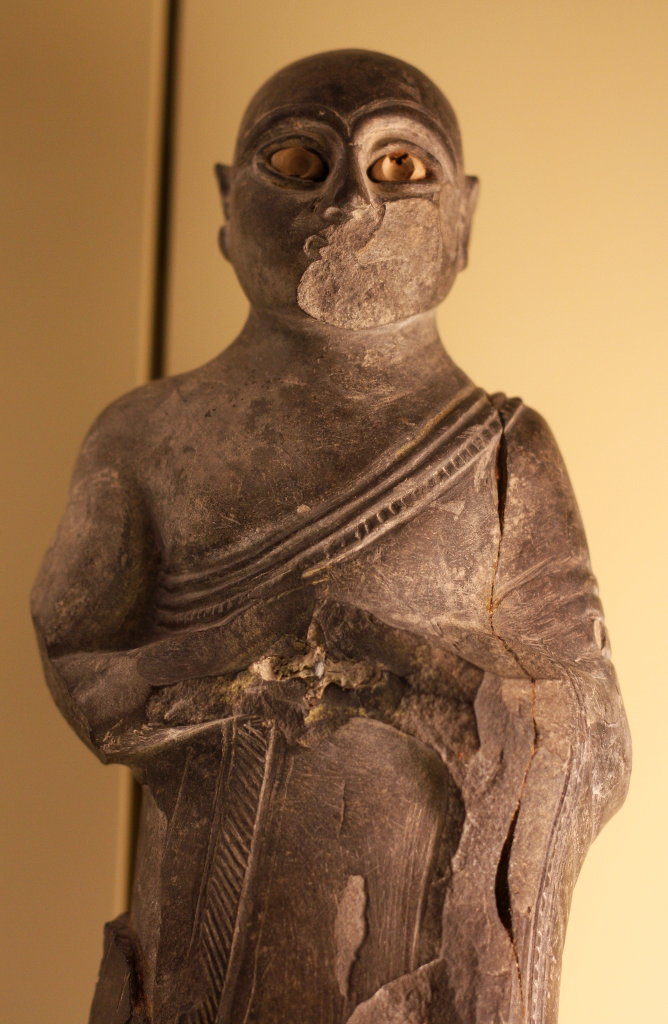
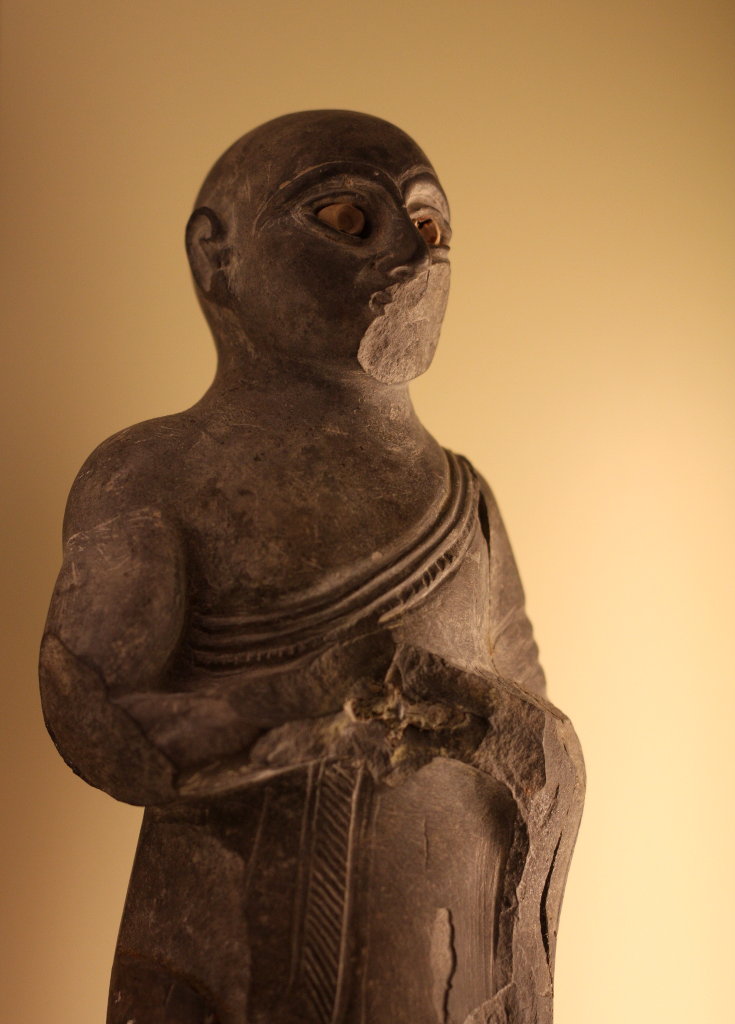
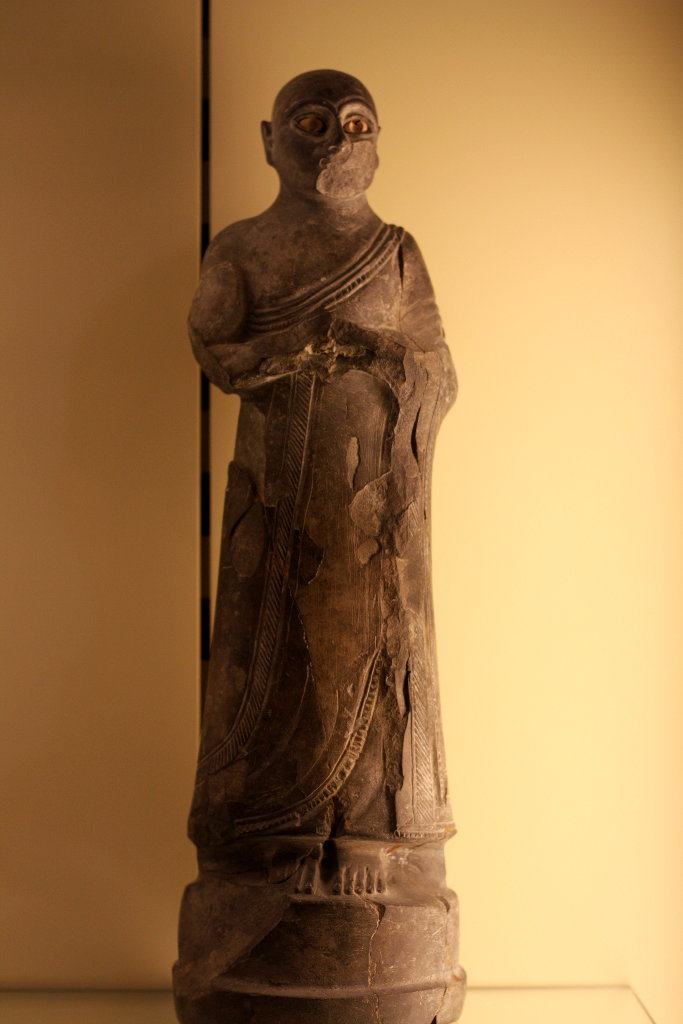

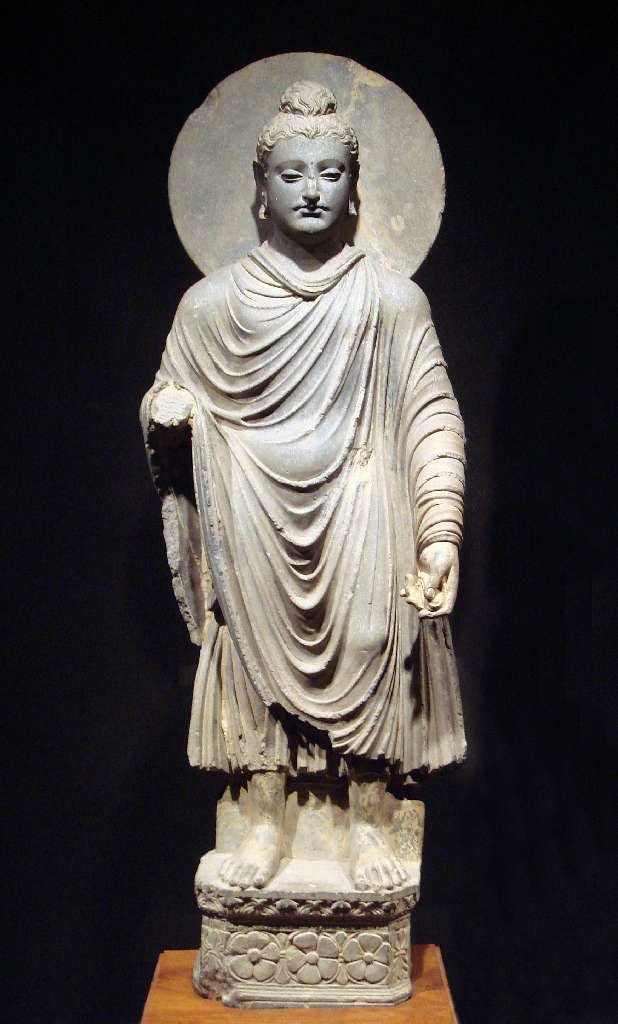
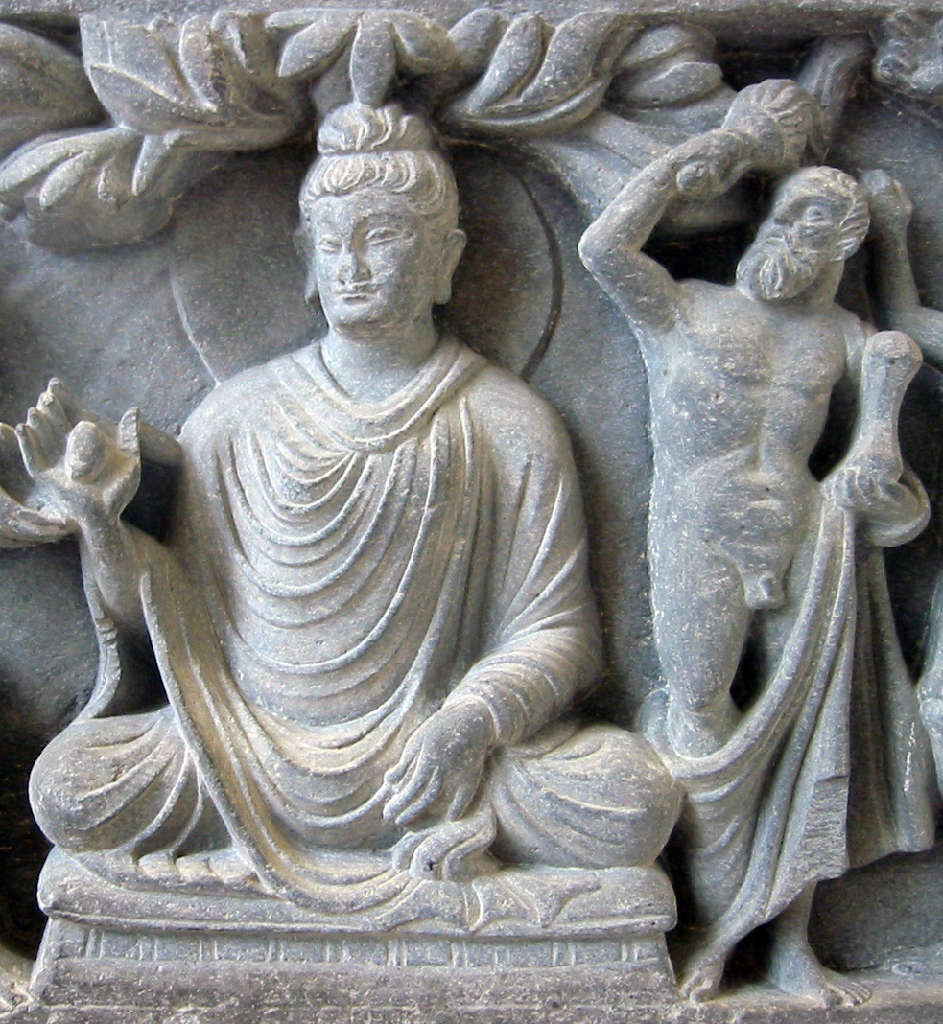
What we today see as Eastern wisdom, symbolism, philosophy and such isn’t so far away from our cultur. In fact, the holy symbol of the Swastika or also known as Gammadion Cross has European origins. Read this post for more about that – Symbolism, history, use and misuse of the Swastika or Gammadion cross.
The many Buddhist concepts were not only inspired by the East-West relations but they originated on both places at the same time.
- In the Prajnaparamita, the rejection of the reality of passing phenomena as “empty, false and fleeting” can also be found in Greek Pyrrhonism. (A school of the skepticism tradition, read more here – Ancient Greek Skepticism)
- The perception of ultimate reality was, for the Cynics as well as for the Madhyamakas and Zen teachers after them, only accessible through a non-conceptual and non-verbal approach (Greek Phronesis), which alone allowed to get rid of ordinary conceptions.
- The mental attitude of equanimity and dispassionate outlook in front of events was also characteristic of the Cynics and Stoics, who called it “Apatheia”.
- Nagarjuna’s dialectic developed in the Madhyamaka can be paralleled to the Greek dialectical tradition.
From Greco-Buddhism and the rise of the Mahayana at Wikipedia.
Among these we can include the concept of reincarnation and vegetarianism – the latter known in Hinduism as the Ahimsa principle. The Vedic and European wisdom traditions share the same ancient roots, and as known Veda means knowledge as does the Nordic word Veta. The common grounds are many and were over the years eroded by organized (and politicized) religion, like for us in the west with the abrahamic organizations.
We see that each of these persons, no matter if or if they didn’t exist, Jesus and Buddha were remade both symbolically, physically and historically over the ages. Personally I believe there is something left of their original teachings – that are in themselves the result of teachings before their own respective life and age. The source of it all is never to be found in the past. Why should it, since it’s here, there and everywhere!
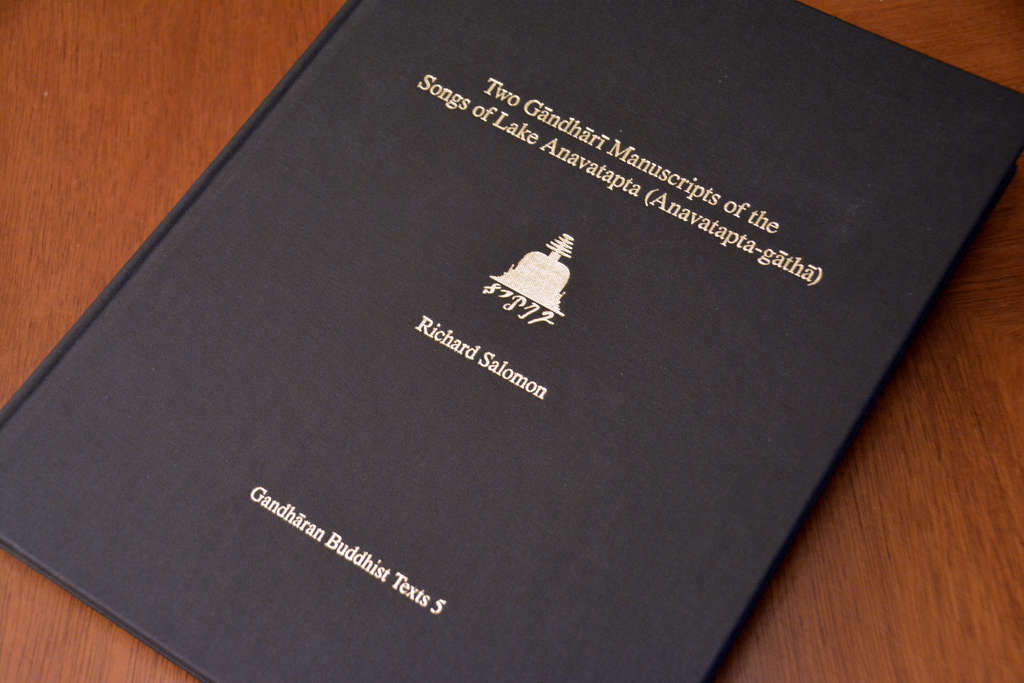
Looking at the Buddha statue above from Gandhara we can just imagine how it was in the center of Buddhism way back in history. There is something magical and fragile that has barely survived to our days, it is the Gandhāran Buddhist texts that are dated to the first century AD and written in Gāndhārī, which is a language derived from Sanskrit. Richard Salomon (professor of Sanskrit at the University of Washington) is the leading scholar on these surviving manuscripts and I have one of his books called Two Gāndhārī Manuscripts of the Songs of Lake Anavatapta (Anavatapta-gātā). It’s a research that hopefully will evolve and have something to add and change in the chronology and Buddhist history hopefully.
An important theme is the complexity of karma, whereby not only the enlightened beings but even the Buddha himself suffer the effects of remnants of bad karma from evil deeds long-ago. – Washington.edu
The Gandhari manuscripts are constructed of birch bark which becomes brittle with age, or palm leaf. A large number are damaged or fragmentary, and they are exceptionally difficult to read: there are no spaces between words and the spelling was never standardised. For example, the Sanskrit word dharma, meaning ‘law’ or ‘teaching’ may appear in Gandhari as dharma, darma, dhama, dhrama, or dhrarma. – Mark Allon, Sydney.edu.au
Here are some captures from the book.

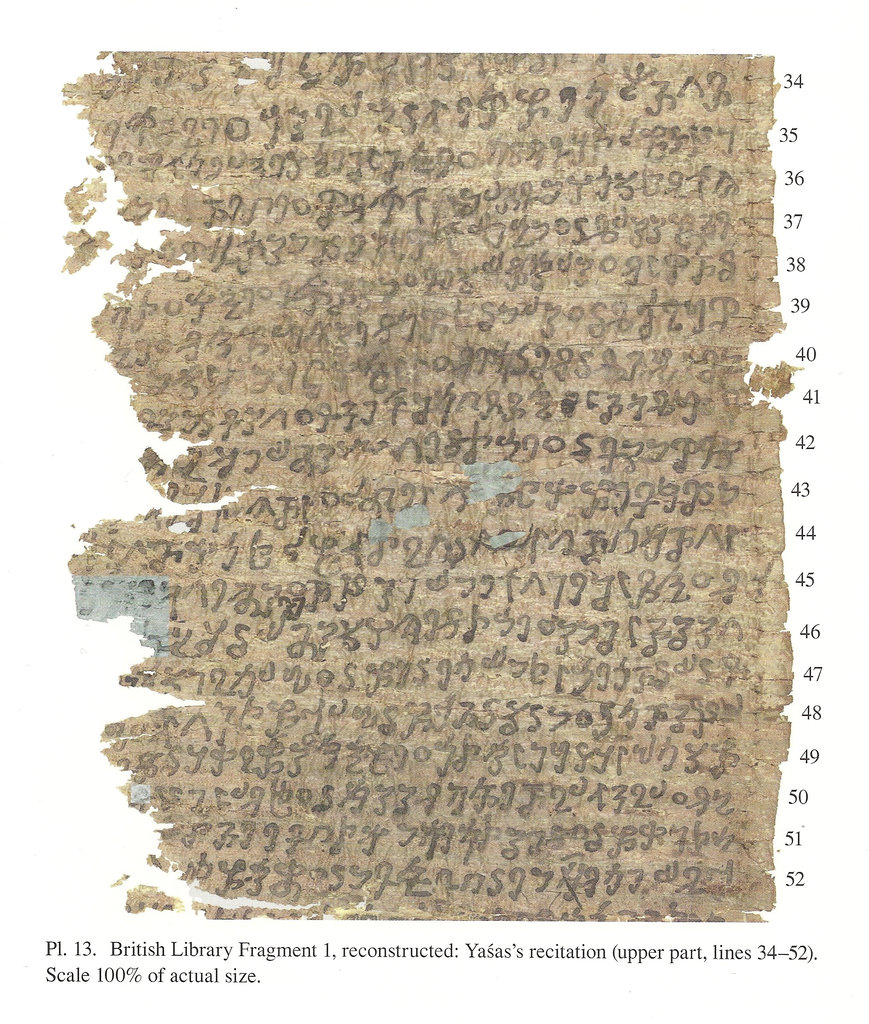
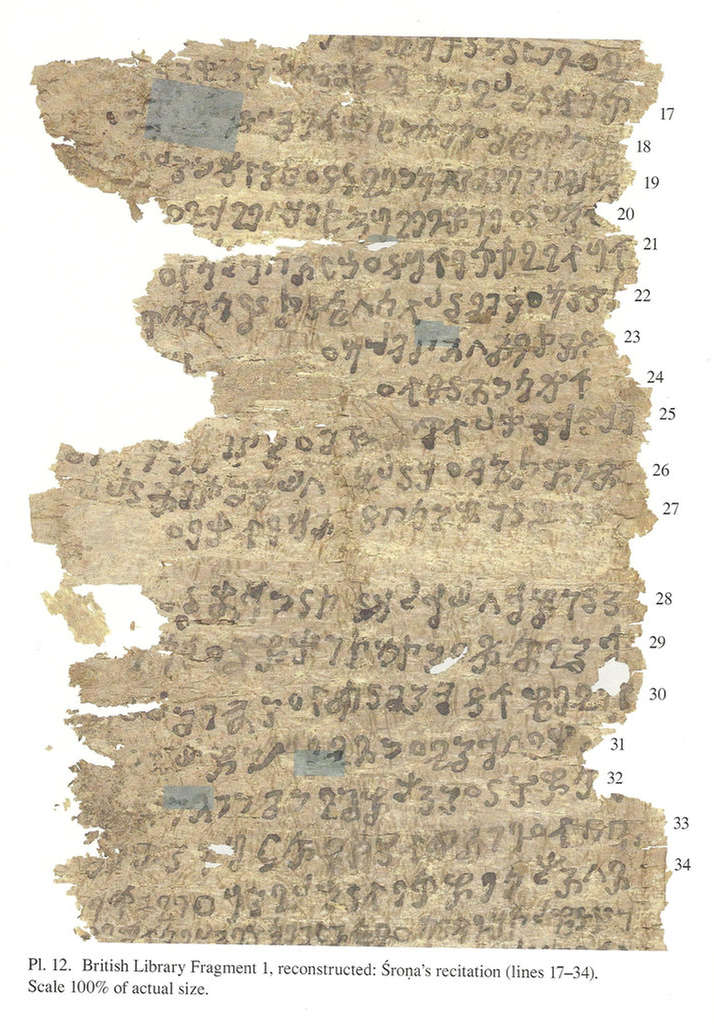


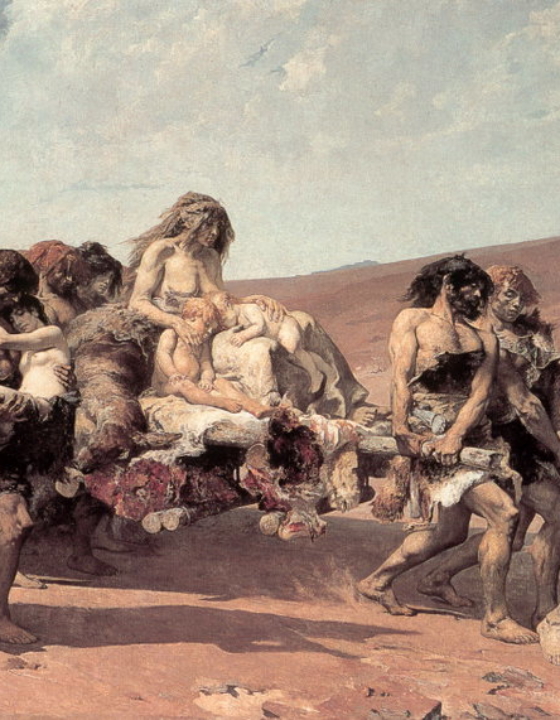


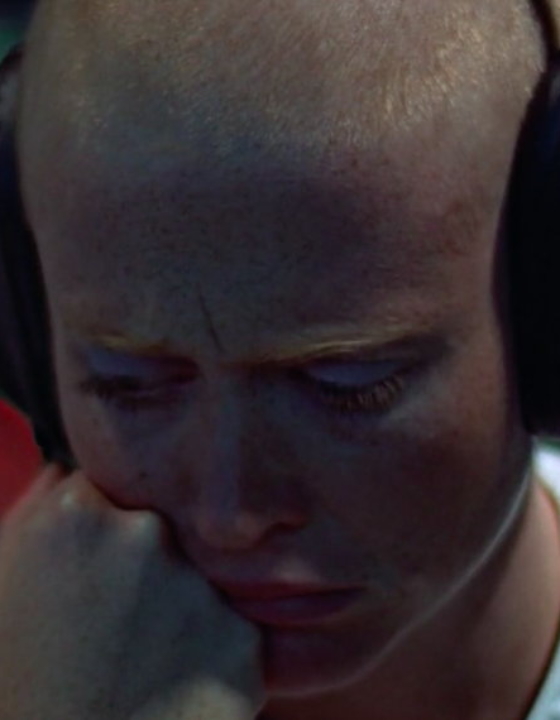

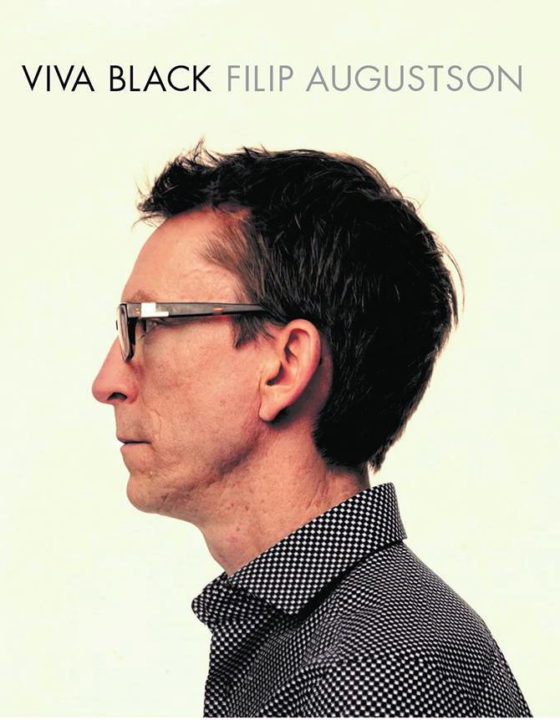
What do you think?